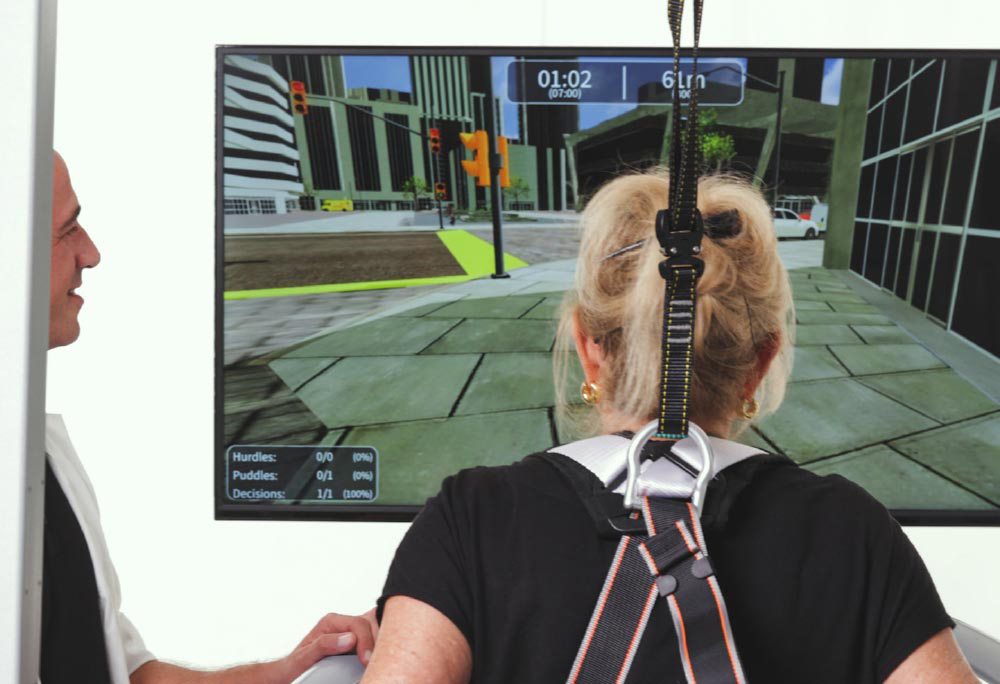In this must-read article in Senior Living Foresight, Sara Kyle discusses the need for effective fall prevention in senior living facilities. The article argues that fall prevention requires a two-pronged approach that includes preventing falls before they occur and providing effective offerings to mitigate and reduce the prevalence of recurring falls.
Traditional Approaches:
The article notes that traditional approaches to fall prevention, such as analyzing someone’s gait using performance measures, have not shown a strong correlation to falls. It also points out that the most common offering for fall prevention is group exercise classes, but low adherence to established protocols and a lack of effectiveness has been observed.
Fall Prevention Solutions:
The Senior Living Foresight article proposes several solutions, including implementing motor-cognitive training, real-world specificity and walking with a purpose, using individual progression and training protocols, leveraging spaces and expensive equipment, and recognizing staffing limitations.
Doing Simultaneous Motor-Cognitive Training:
The article discusses that successful walking is tightly linked to cognitive capacity, specifically executive function. Executive function is mostly handled by the prefrontal cortex, which experiences significant decline as we age. To address this issue, the article suggests combining motor-cognitive training (also known as dual-tasking) as it has been shown to reverse some of the effects of aging.
Implementing Real World Specificity and Walking with a Purpose:
It is proposed that training should correlate with real-world goals, and walking should have a purpose and that walking with a friend and talking to them while walking can be beneficial.
As laid out by GaitBetter’s Senior Vice President of US Operations, Craig Hillman, “Studies have shown that for us to get maximum benefit, both cardio and brain health, our walking must have purpose. What does that mean? Number one, we need to push ourselves. You don’t need to run a marathon, but a slightly elevated pace does a world of good. Number two, we need to have a destination. That is, you need to think about where you are going. And talking to a friend? Even better!”
The way I like to think about it? We need to ignore our mothers’ advice and learn to “walk and chew gum at the same time”!
Using Individual Progression and Training Protocols:
Fall prevention training should be personalized to the individual resident’s journey in motor, strength, and cognitive training.
Leveraging Spaces and Expensive Equipment: Communities should consider using new innovative solutions that transform the way equipment can be used beyond just strength or cardio training. The use of software and hardware can help assess, track, and personalize prospective programs.
Recognizing Staffing Limitations: There is a need for dedicated fall prevention training and methods, which is a rare and specialized position. One solution could be to partner with providers at substantially lower price points than a full-time or part-time fall prevention expert.
It is clear that better understanding of what methods and approaches that are backed by scientific research and efficacy will save time, dollars, and manpower to achieve the desired result ensuring residents maintain their highest functional level, both physically and mentally, for the best quality of life in senior living communities.
Read the full article here.

